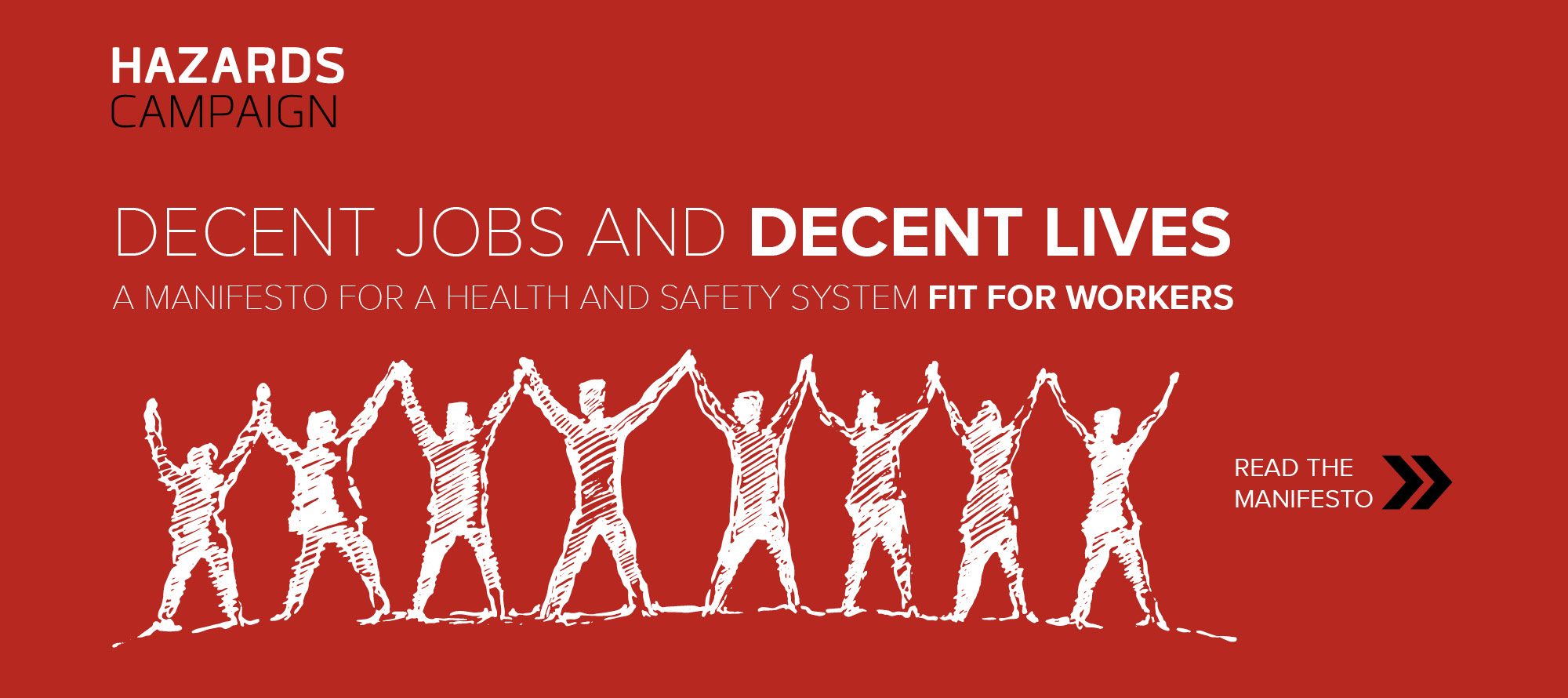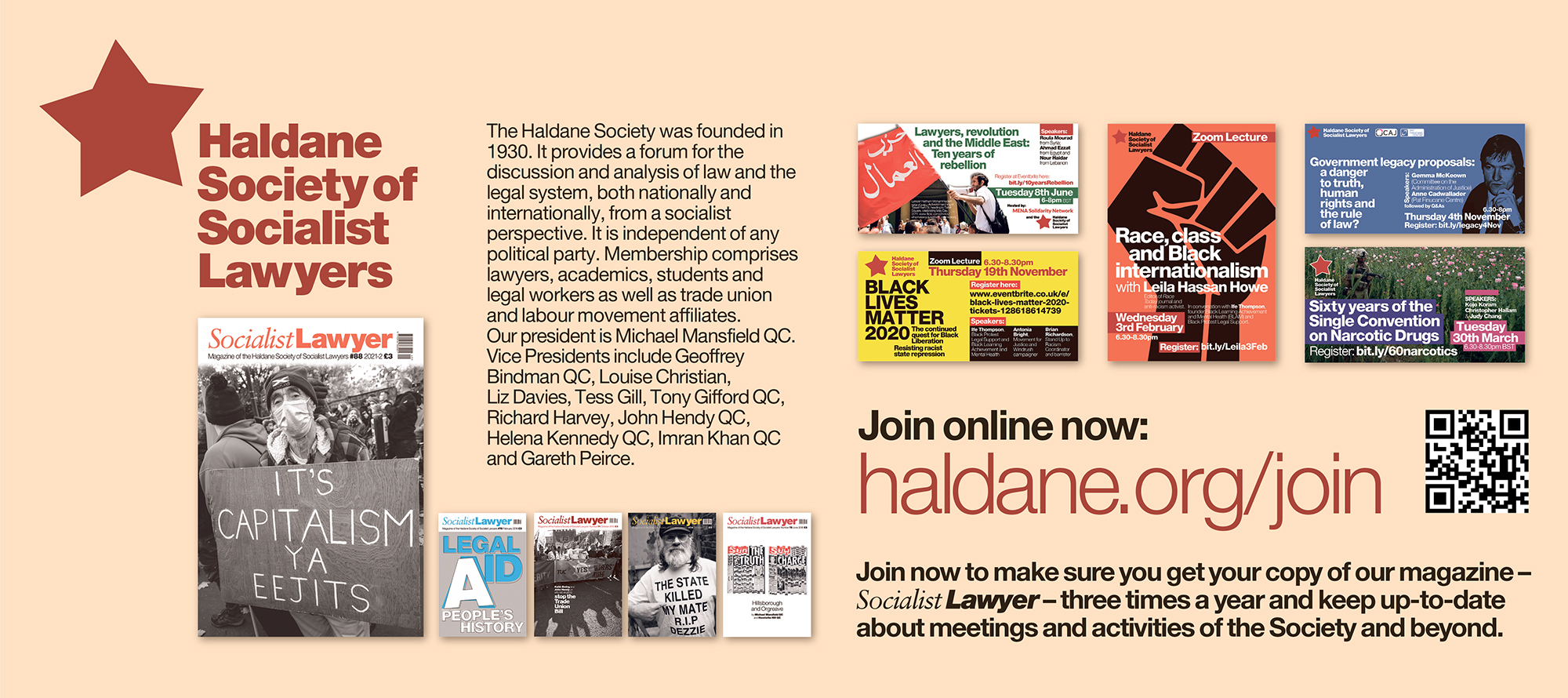Low paid third sector workers at risk of being “swept away by the cost-of-living crisis” warns Living Wage Foundation
A new poll finds 14% of third sector workers are paid below the real Living Wage.

One in seven (14.1 per cent) third sector workers are paid below the real Living Wage, with over three quarters of the public backing them to receive enough to live on – a living wage, according to a new report by the Living Wage Foundation.
The effects of the Covid-19 pandemic combined with rising living costs has left many third sector workers struggling to keep their heads above water. Despite increased demand for services, the report warns that low pay is harming workers within the sector and threatening the stability of the services they provide.
The report provides a number of next steps and recommendations for third sector employers, funders, sector bodies and Local Authorities to tackle low pay in the sector and improve working conditions, including:
- Accrediting as Living Wage Employer
- Championing the Living Wage across relevant networks
- Accrediting as a Living Hours Employer
- For Funders offering long-term and targeted funding models and using the power of investment to enable a better future for workers
The report coincides with the recent announcement that the Living Wage Foundation will bring forward the announcement of the Living Wage rates for 2022-23 from November to September, to allow employers to implement them sooner, to provide workers and families with security during the cost-of-living crisis.
Key findings of the report include:
- 14.1 per cent of jobs in the third sector are paid less than the real Living Wage.
- 16.6 per cent of women in the third sector are paid below the real Living Wage, compared to 10.3 per cent of men.
- 71.3 per cent of all below real Living Wage jobs in the third sector are held by women.
- 25.7 per cent of part-time jobs are paid less than the real Living Wage compared to 8.2 per cent of full-time jobs.
- 58.4 per cent of 16–19-year-olds are paid less than the real Living Wage, as are 34.9 per cent of those aged 20-24.
- Areas with the highest levels of low pay are the North West (19.4 per cent), East Midlands (18.8 per cent) and the West Midlands (17.8 per cent).
- 19.2 per cent of those working in organisations with 10 employees or fewer earn less than the real Living Wage, compared to 5.9 per cent of those working for those with 500+ employees.
Separate public polling conducted by the Living Wage Foundation found that the public overwhelmingly back all third sector workers earning enough to live on, with 78 per cent saying that directly employed and contracted-out staff should be paid a real Living Wage.
The report, ‘All work and low pay? The Third Sector and the real Living Wage’, is based on analysis of data from the Annual Survey of Hours and Earnings (ASHE) and quarterly Labour Force Surveys (LFS). In addition, the Living Wage Foundation commissioned Savanta ComRes to carry out polling of 2,156 UK adults between 22-24 April 2022 to explore public attitudes to third sector workers.
Katherine Chapman, Director of the Living Wage Foundation said:
“Many low paid third sector workers faced enormous pressures to make sure the most vulnerable people in society were supported during the pandemic. Now, despite already struggling to keep their heads above water, the 1 in 7 third sector workers still paid below the real Living Wage face being swept away by the rising tide of high living costs.
Everybody needs a wage that meets their everyday needs, but it can’t be right that so many of those who look after our loved ones and the most vulnerable in society are struggling to afford even the basics. We strongly encourage all those third sector employers that can afford to do so to commit to pay a real Living Wage and for funders to provide enough to support real Living Wage jobs through the grant-making process. The real Living Wage is a lifeline for workers during these difficult times – and will help ensure a sustainable and resilient sector in the future.”







